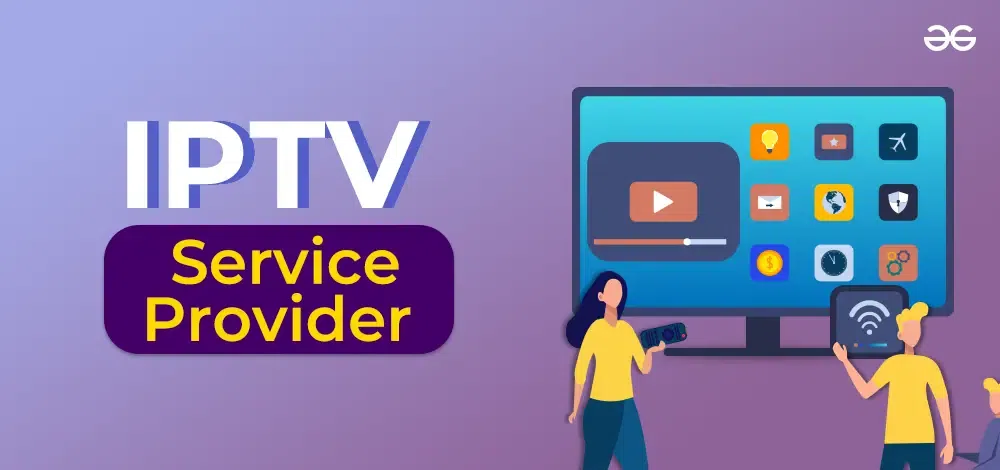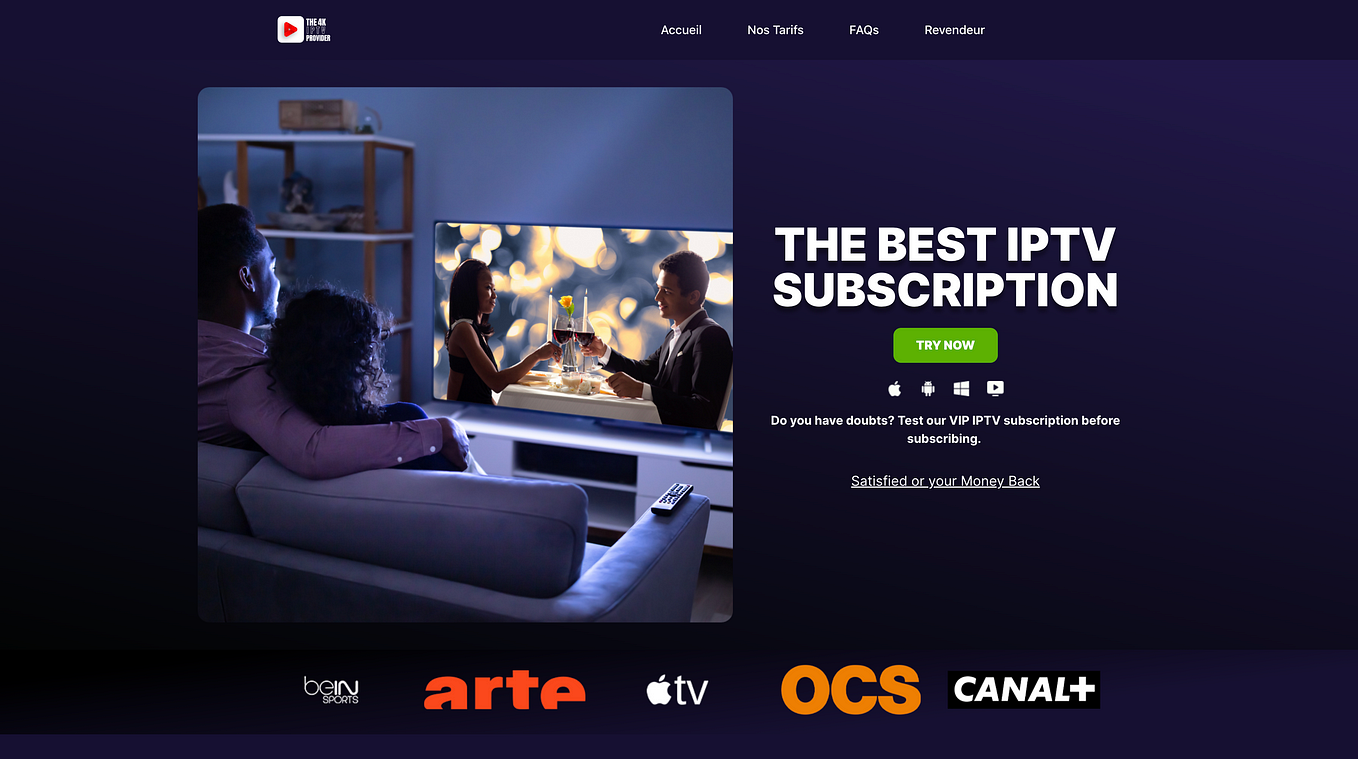How IPTV Functions: A Step-by-Step Overview to Internet Protocol Tv Technology
Web Procedure Tv (IPTV) has actually revolutionized the way we eat television material, supplying a brand-new world of possibilities via the power of the web. From the basic concepts of IPTV to the intricate procedure of web content delivery, each step plays a crucial role in guaranteeing a seamless viewing experience.
IPTV Fundamentals
In comprehending IPTV essentials, it is pivotal to realize the essential operations of this innovation in delivering television content over the net. IPTV, which represents Net Procedure Television, utilizes Internet Method (IP) networks to transmit tv web content to customers' gadgets. Unlike standard approaches of relaying tv material with cable television or satellite signals, IPTV streams media through high-speed net connections.

Furthermore, IPTV permits interactive capacities, such as video clip as needed (VOD) and digital program overviews (EPG), improving the individual experience by supplying more control and adaptability in accessing material. In general, understanding the essentials of IPTV sets the structure for exploring its more innovative performances and the advantages it uses to modern tv usage.
Content Shipment Process
Efficient web content delivery in IPTV systems involves a well-structured procedure that guarantees smooth transmission of tv material over IP networks. The material delivery process in IPTV begins with the development of the video clip content, which is after that inscribed into electronic style ideal for IP transmission. This encoded web content is then safely saved on servers recognized as media servers. When a visitor requests details content, the IPTV system fetches the asked for data from the media web servers and delivers it to the customer's tool online.

Middleware Performance
With the combination of middleware, IPTV systems gain enhanced functionality that streamlines user communication and web content management. Middleware functions as a critical part that links the gap in between the interface and the back-end infrastructure, facilitating smooth interaction and communication within the IPTV system. One of the vital features of middleware in IPTV is to enable customized customer experiences by giving attributes such as interactive program overviews, video-on-demand solutions, interactive advertising and marketing, and individual preferences monitoring. By systematizing these functionalities via middleware, provider can supply a much more dynamic and customized IPTV experience to their customers.

Device Compatibility
Given the pivotal role of middleware in allowing seamless interaction and content management in IPTV systems, an important aspect to consider is the compatibility of devices made use of for accessing the IPTV solutions. Gadget compatibility is necessary for making certain a smooth user experience and optimum efficiency when accessing IPTV material.
In the context of IPTV, device compatibility refers to the capacity of a gadget to efficiently engage with the IPTV service, display material properly, and support the essential procedures and codecs for streaming video content online. Various gadgets, such as smart Televisions, set-top boxes, smartphones, tablets, and computer systems, may have varying degrees of compatibility with IPTV services.
To ensure a smooth viewing experience, it is very important for users to select devices that work with the certain IPTV service they are utilizing. Additionally, IPTV service providers need to use support for a vast array of tools to satisfy the varied needs of their individual base. By prioritizing device compatibility, both users and provider can boost the overall IPTV experience.
Top Quality of Service (QoS)
Taking into consideration the critical duty of maintaining a high criterion of performance and dependability in IPTV systems, ensuring constant High quality of Service (QoS) continues to be an essential element of the user experience. QoS in IPTV Our site refers to the capability of link the system to deliver material with marginal interruptions, high resolution, and quickly loading times. To accomplish ideal QoS, different factors require to be resolved. Network data transfer is critical to support top notch video streaming without buffering or pixelation. In addition, latency, jitter, and packet loss must be reduced to boost the viewing experience.
Provider employ QoS devices such as website traffic prioritization, buffering, and error improvement to keep a steady IPTV service. By prioritizing IPTV website traffic over much less time-sensitive data, providers can make sure smooth playback even during peak use hours. Buffering aids make up for network fluctuations, while mistake modification methods enhance information stability.
Constant monitoring and optimization of QoS parameters are important to adapt to transforming network conditions and user needs. Eventually, a durable QoS framework is important for delivering a smooth and pleasurable IPTV experience to users.
Verdict
In verdict, IPTV operates through the transmission of television content over net procedure networks. The modern technology wikipedia reference includes a systematic procedure of content shipment, facilitated by middleware capability to guarantee compatibility throughout numerous gadgets. Quality of Service plays an important role in keeping the efficiency and integrity of IPTV services. Recognizing the fundamental concepts of IPTV is important for comprehending the complexities of this cutting-edge television innovation.